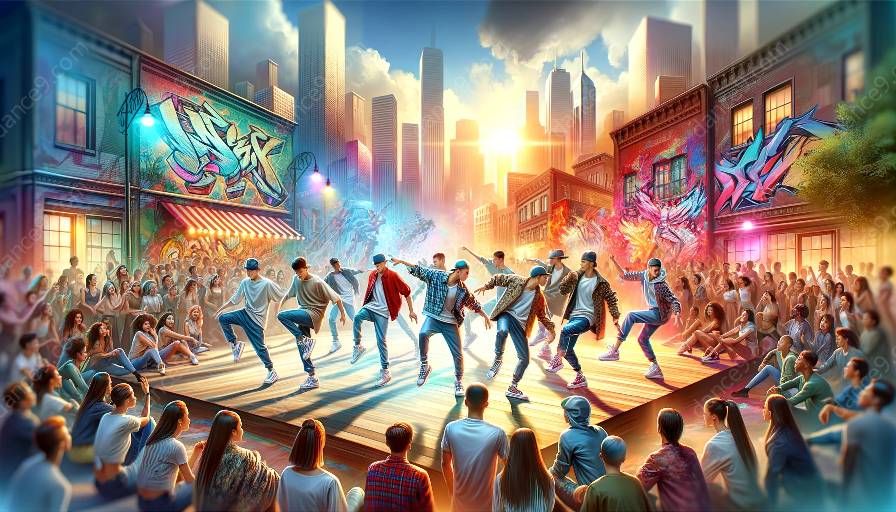Popular culture choreography has a profound impact on performers, influencing their psychological and emotional well-being in various ways. Whether it's the high-energy dance routines seen in music videos, the intricate and synchronized movements of stage performances, or the fusion of different dance styles in pop culture, choreography plays a significant role in shaping the mindset and emotions of those who perform it. Understanding the psychological and emotional effects of popular culture choreography on performers is crucial for appreciating its influence on individuals and society as a whole.
Emotional Expression and Connection
Choreography in popular culture allows performers to express a wide range of emotions through movement. Dancers are often required to convey specific feelings, narratives, or themes through their choreographed routines, which can lead to a deep emotional connection with the audience. Through synchronized movement and expressive gestures, performers can evoke powerful emotions and establish a profound connection with viewers, contributing to a sense of fulfillment and emotional resonance.
Self-Expression and Identity
Popular culture choreography provides performers with a platform for self-expression and the exploration of their personal identity. Whether it involves incorporating elements of street dance, contemporary styles, or traditional cultural dances, choreography allows performers to express their individuality and showcase their unique talents. As performers embody choreographed movements, they often experience a sense of empowerment and self-discovery, contributing to positive psychological well-being and a strengthened sense of identity.
Physical and Mental Well-Being
The physical demands of popular culture choreography can have a significant impact on performers' mental and emotional health. Engaging in vigorous dance routines and mastering complex choreography requires discipline, resilience, and dedication. Performers often experience a sense of accomplishment, increased self-esteem, and improved mental well-being as they overcome physical challenges and push their creative boundaries. Additionally, the endorphin release associated with physical activity can contribute to enhanced mood, reduced stress, and improved mental clarity.
Peer Support and Collaboration
Performing popular culture choreography often involves collaboration and collective teamwork. Dancers work closely with choreographers, directors, and fellow performers to bring choreographed routines to life. This collaborative process fosters a sense of camaraderie, mutual support, and teamwork, which can have a positive impact on performers' emotional well-being. The shared experience of creating and performing choreography in popular culture can build strong interpersonal connections, contribute to a supportive and inclusive environment, and enhance performers' psychological resilience.
Impact of Public Perception
The public reception and critique of popular culture choreography can significantly affect performers' psychological and emotional state. Whether through social media, reviews, or live audience feedback, performers are exposed to external opinions and judgments about their choreographed performances. Positive feedback can boost performers' confidence, enhance their sense of achievement, and reinforce their emotional well-being. Conversely, negative criticism or scrutiny can lead to self-doubt, performance anxiety, and emotional distress, highlighting the profound impact of public perception on performers' psychological health.
Conclusion
Popular culture choreography has a multifaceted influence on performers' psychological and emotional well-being, encompassing emotional expression, self-discovery, physical health, interpersonal dynamics, and public reception. Recognizing the profound effects of popular culture choreography on performers is essential for promoting a supportive, empowering, and enriching environment within the performing arts. By understanding and appreciating the psychological and emotional dimensions of choreography in popular culture, we can celebrate its transformative impact on performers and the broader cultural landscape.






































